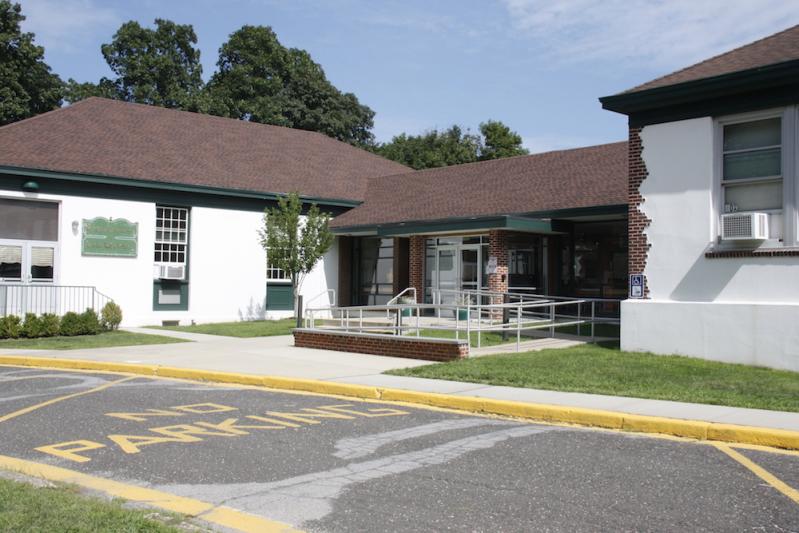Michael Henery, the Springs School’s business administrator, began a presentation Monday by citing studies showing that “well-maintained facilities positively impact student achievement” and “every dollar spent on maintenance will save $4 on capital spending later on.”
Over the 15 minutes that followed, Mr. Henery outlined a series of repairs he said were needed at the school, with a price tag of about $127,550 that had not been accounted for in next year’s budget.
The Springs School Board then found itself wrangling with priorities. Ultimately, the board chose fencing around the prekindergarten playground and a bolstered computer security system over painting six classrooms and retiling four bathrooms, and requested more information on junior high classroom flooring and soundproofing and painting in the library.
Only the computer system had been planned previously, at $30,000. But even then, school officials acknowledged, the financial estimates are just part of the cost.
“It’s causing us to dip into our fund balance, and that’s my concern,” Mr. Henery said, referring to the school’s “savings account” of surplus money that it can tap for unexpected expenses. “If we erode our fund balance it may negatively impact our bond rating.”
“If our bond rating is too low,” he said later, “we’re going to pay a higher interest rate” on the $23 million the district will borrow for its expansion project.
Tim Frazier, vice president of the school board, said the district “needs to be conservative right now.”
Repair costs have been mounting ever since the collapse of a floor underneath a cabinet in Room 41, a special-education classroom, in February, and before that, mold testing and abatement that began in December.
Debra Winter, the school superintendent, said on Tuesday the floor collapse was due to water leaking from part of the roof, which also needed replacing. She said students were not in danger. The repair cost the district close to $350,000, but officials will file insurance claims to recover some of it.
The fixes for Room 41 were paid for from a reserve fund designated for such purposes, but the district policy requires that it reimburse that reserve fund after money is spent — meaning, Mr. Henery said Monday, the district has to find about $175,000 each year for the next two years to replenish the repair reserve. The mold issue stemmed from certain classroom doors that did not close all the way, requiring about $16,000 for testing and cleaning and more than $11,700 for new doors, according to Mr. Henery.
Ms. Winter said the district was making progress on its facilities, project by project.
“I would just like to come up for air,” she said.

